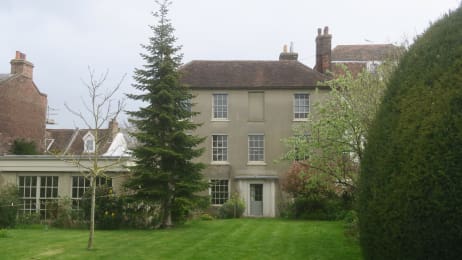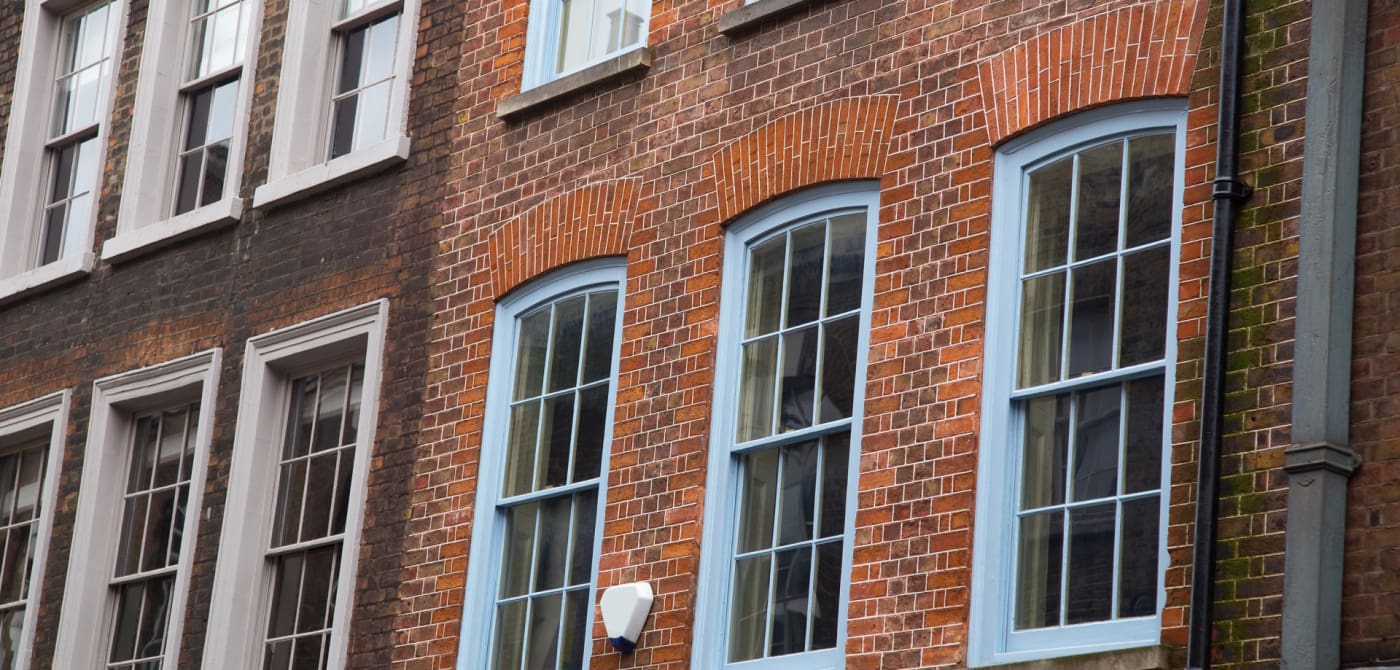Find out more
Summary of Building Terms
Here you can find a comprehensive list of Building terms and phrases.
Perforated ventilation brick, often made with cast iron.
Joinery moulding around door or window frame.
Board secured to the gable end of a roof to cover and protect the roof timbers.
Horizontal item at the base of a door or window frame, shaped to deflect water away from the building.
Horizontal timber near the top of roof that creates A shape and stops roof spread
Projection of stone, brick, timber or metal to support a load.
Lower section of wall, often timber lined.
Horizontal timber moulding secured to the wall about one metre above the floor.
Damp Proof Course.
Damp Proof Membrane.
(Serpula lacrymans) wood-rotting fungus which attacks mostly softwoods. Able to grow over inert surfaces, spread extensively behind plaster and through wall surfaces. Killed by removing the source of moisture it feeds on.
Groove in the bottom of a window or door cill to encourage water to drip free of the wall.
Horizontal board directly beneath the bottom of the roof covering to cover and protect the roof timbers.
Usually of lead used to seal roof to masonry junction.
waste water from a toilet.
Vertical part of the end wall of a building contained within the roof slope, usually triangular.
waste water from a washing machine, bath, shower or sink.
An opening into a drain at ground or basement level.
End face of a brick.
Formerly wattle and daub, often replaced with brick – side of a timber-framed building.
Side part of a window or doorframe.
Wooden (usually) floor component to which floorboards are secured.
Large, often decorative stone at the centre of an arch.
Builders lime, not traditional, should never be used in traditional building
Traditional lime, with small amount of pozzolan to give setting characteristics for ease of use.
Full traditional lime putty traditionally used for mortars and plasters in breathable homes.
Structural stone, concrete or metal item above door or window to support load above.
Vertical member dividing the lights of a window.
Continuation of a wall above another structure such as a roof.
Decorative base of a column or wall, stonework under timber frame sill beam keeping it off the ground.
Vertical upright member of a timber framed building.
Horizontal timber that supports the roof rafters.
Sloping roof timber.
Gutters, downpipes etc.
Relative humidity, varies with temperature and total moisture content of air, Measured as %
Timber at the apex of a pitched roof.
Ground moisture rising from the ground by capillary action, discredited as interstitial condensation.
Large timber beam forming the base of a timber framed building.
Joinery moulding used at floor/wall junction. Deep skirtings often made of several pieces of timber joined.
Low walls that support a timber-suspended ground floor.
Triangular shaped infill to side of staircase.
Side face of a brick.
Sides of a staircase that support the treads.
Horizontal band within a wall usually raised and often decorative.
Underside or cladding to the underside of a staircase or overhanging roof.
Side face of a brick.
Horizontal item of stone or wood that separates a window from another window below or a fanlight from a door opening.
Horizontal stair or step.
Area where two angles of a roof meet, usually lead lined which cracks and leaks
Horizontal timber to which joists and end of rafters are secured.
Angled ‘raking’ timber connecting truss to purlin in timber framed roof – a diagonal brace
Generic term for the larvae of all wood-boring beetles.

Get in touch with the Heritage Consulting team today
Our friendly and experienced team are on hand to help with any of your questions or concerns. Get in touch today to see how we can help you.
Contact Us
